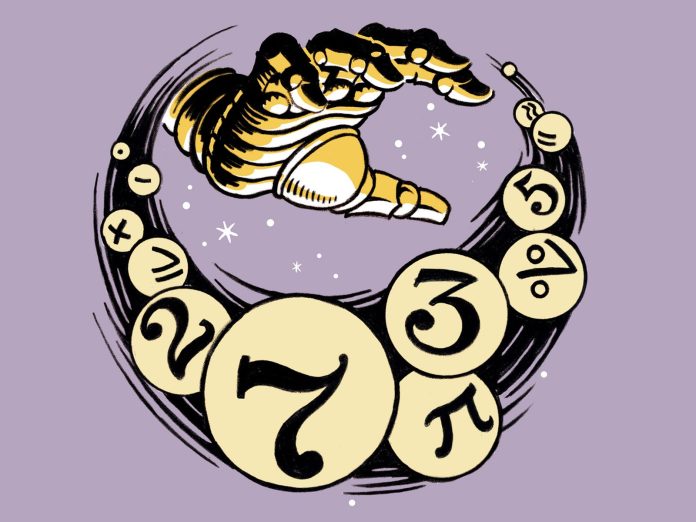An old calculator uses a seven-segment display, in which numerals are represented by different patterns of vertical and horizontal line segments. But the device is faulty and no longer shows any vertical segments. Someone types a number into this calculator, and the display shows the horizontal segments visible in the top image. Next the person presses the multiplication key and types in a second number. The display now shows the horizontal segments in the middle image. After the user presses the equal key, the display shows the horizontal segments in the bottom image. Which two numbers were multiplied with the calculator?
The last digit of the product must be 7. Because the last digits of the two factors can be only 2, 3, 5, 6, 8 or 9, one factor must end in 3 and the other in 9. The tens digit of the first factor can be only 4. Thus, the product could be 49 × 3 = 147 or 43 × 9 = 387. But the first possibility is ruled out because the hundreds and tens digits of the product can be only 2, 3, 5, 6, 8 or 9—leaving us with the second solution.
All three numbers can, however, still have a leading 1 that would be invisible. With a maximum of one leading 1 per number, there are three more possible solutions: 143 × 9 = 1,287, 49 × 13 = 637 and 149 × 13 = 1,937. It is easy to check that for all factors with more than one leading 1, the product does not consist entirely of 1’s apart from the three final digits.

We’d love to hear from you! E-mail us at [email protected] to share your experience.
This puzzle originally appeared in Spektrum der Wissenschaft and was reproduced with permission.




